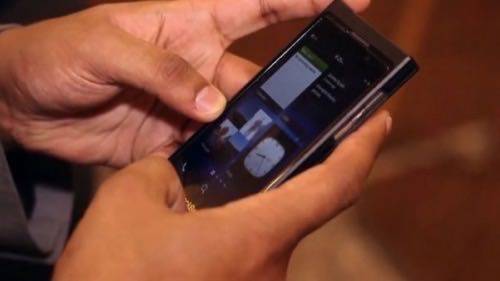
Guest author Sarah Rotman Epps is a Senior Analyst at Forrester Research.
One of the most delightful product features I saw at the Consumer Electronics Show (CES) in Las Vegas earlier this month came from an unexpected source: the new BlackBerry 10 operating system from Research In Motion (RIM).
While RIM is battling from behind with BB10, there’s a lot to like about this product, from the super-smart contextual prediction keyboard to the super-efficient BlackBerry Hub. The feature of BB10 that I like best is called “BlackBerry Balance,” which allows users to selectively turn off work-related email and apps for specified periods of time. BlackBerry Balance is significant for three reasons:
1. It’s designed for consumers (workers), not IT administrators. This is a big, big deal for RIM, a company known for making products that were favorites of IT shops. In the past, IT administrators had all the power over corporate BlackBerrys -they could not only kill a user’s device remotely but also could limit access to features like the app store.
With BB10, it’s IT admins who are in a box – they can give users access to corporate email and applications, but those are siloed on the device, and BlackBerry Balance lets workers decide when to turn work off while still using their devices for fun stuff.
2. It puts workers in control of their work-life balance. The BlackBerry Hub, which unifies communications and alerts from text messages, calls, email and social networks, makes communicating very efficient (for example, you can reply to tweets and Facebook messages directly from the Hub without opening separate applications), but it could easily be overwhelming too. With BlackBerry Balance, consumers don’t have to fear they’ll be bombarded with work-related messages when they use the Hub on personal time.
3. It’s a model for other mobile OSes to follow. Other than Apple’s “Do Not Disturb” feature on iOS, there are very few features I’ve seen on mobile operating systems that do anything to assuage the pains of the perpetually connected consumer. It’s great to see RIM leading here, and I hope to see other companies follow with their own innovative features.
Smartphones enable perpetual connectivity, but they should also empower consumers to set their own demands for how and when they want to be connected.
Image from BlackBerry YouTube video.

















